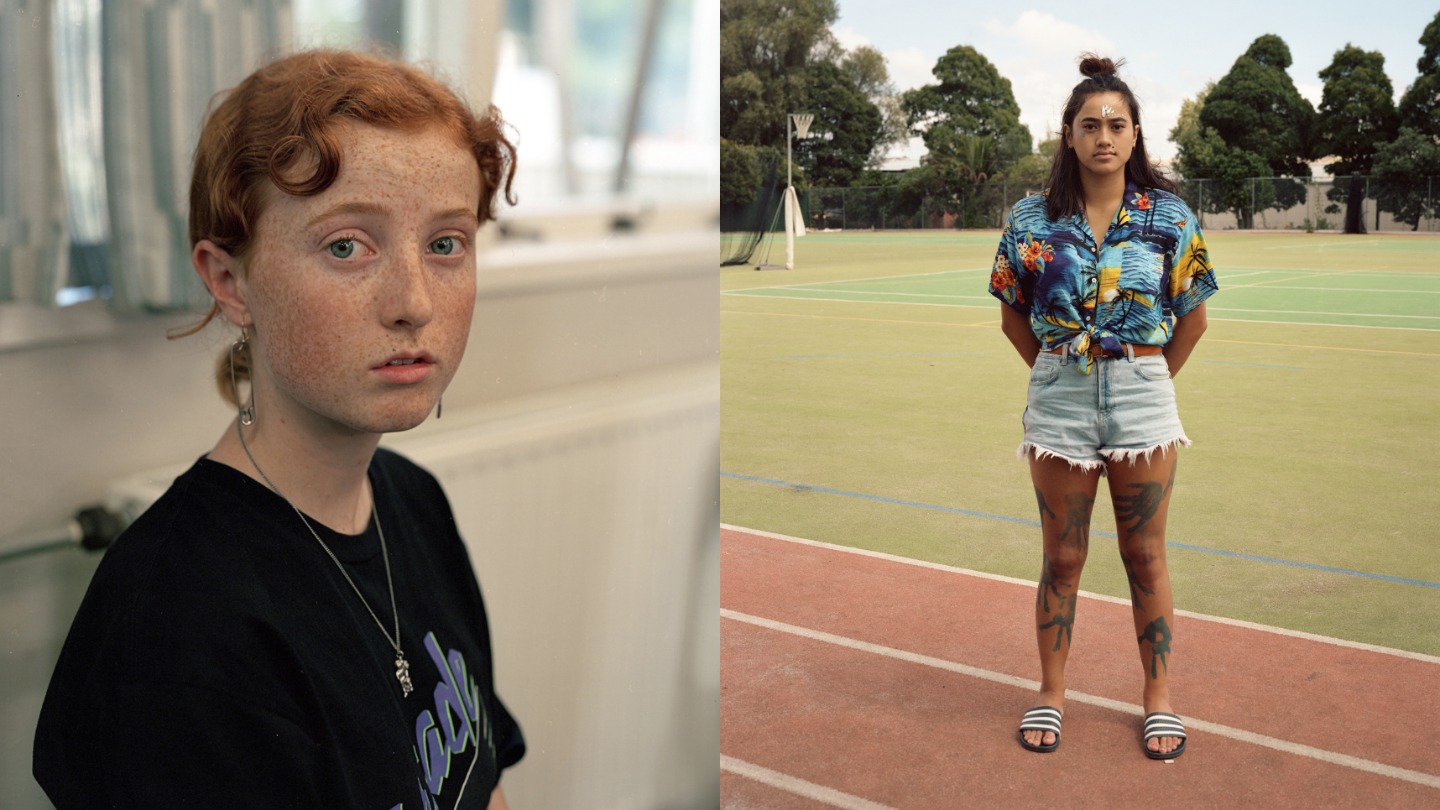It wasn’t until she found herself drawn to photography during a high school assignment that Tash Hopkins even considered it as a prospective career. Following stints assisting under Elaine Constantine and Derek Henderson, Tash has gone on to create a flourishing portfolio of personal work spanning studies of youth communities in Holland’s Friesland, New Zealand’s Western Springs, and a host of people and places in between. With enthralling tact, the last few years have seen Tash’s style take on that of a documentary photographer thrillingly committed to divulging truth — a commitment which is given new life in her latest body of work.
Shot over the last four years, The Western Springs Project lyrically captures youthful intimacy and coming-of-age within a unique corner of Auckland’s suburban youth. What began as an interest in documenting teen identity, later came to be a study which questions the media stereotypes imposed upon teens, and the challenges they face today. Tash sat down with us to chat about the themes and stereotypes she set out to unpick with the series.
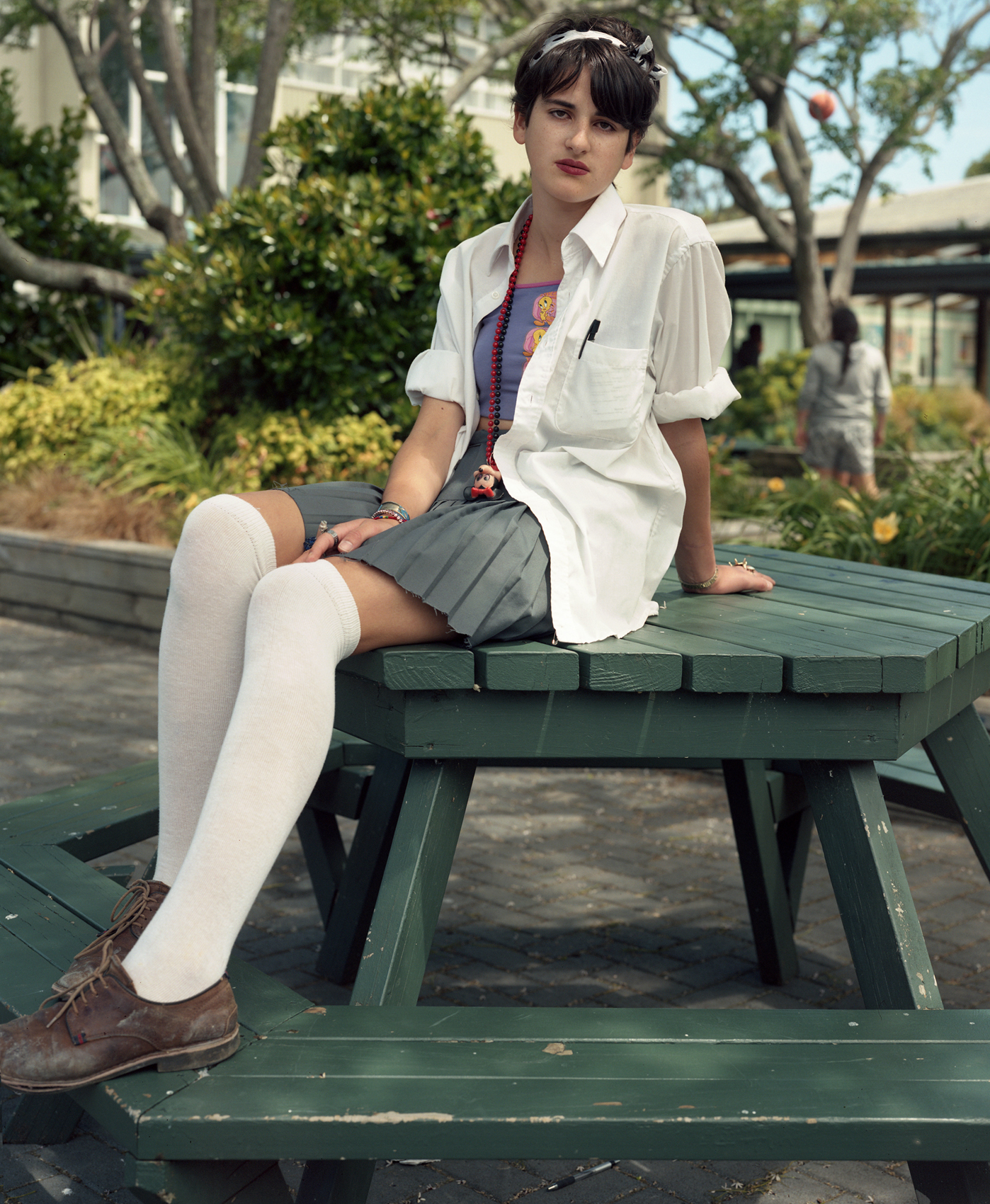
Can you tell us what is the series about in your own words?
The series looks at teenagers as unique and varied individuals as opposed to group stereotypes. They’re so often judged or labelled collectively by society and the media and I wanted to counter that by making images that show depth and emotion and to give some insight into the interior lives of these young people. When I started the series I was really struck by how aware and mature these kids are — I think they’re more informed than I was at their age.
What drew you to the Western Springs region of Auckland initially?
I was drawn to Western Springs because I’d seen some of the students walking home from school and they just looked like interesting kids. I wanted to photograph at a school without a uniform and Western Springs is one of only two high schools in Auckland that doesn’t have one. I think that reflects the values of the school and the students’ sense of self-expression.

Do you think teenagers today are misrepresented?
I think teenagers are misrepresented in the media because they’re often portrayed as rebellious or troubled — or seen one-dimensionally — instead of being like any other group in society, with a wide variety of beliefs, personalities and experiences.

You grew up in Christchurch, can you tell me what that was like and how it influenced your work?
Growing up in Christchurch was pretty quiet and easy, and there wasn’t a lot to do. I’m a twin and was the more introverted of the two of us, which I think reflects in my work. I went to two different high schools; the first one was a really formal single sex school which didn’t have many creative subjects, so I left after the fifth form and went to a school quite similar to Western Springs. We didn’t have a uniform and called the teachers by their first names so that was a similar educational experience to the students I’m photographing now and probably influenced why I chose to make the images.
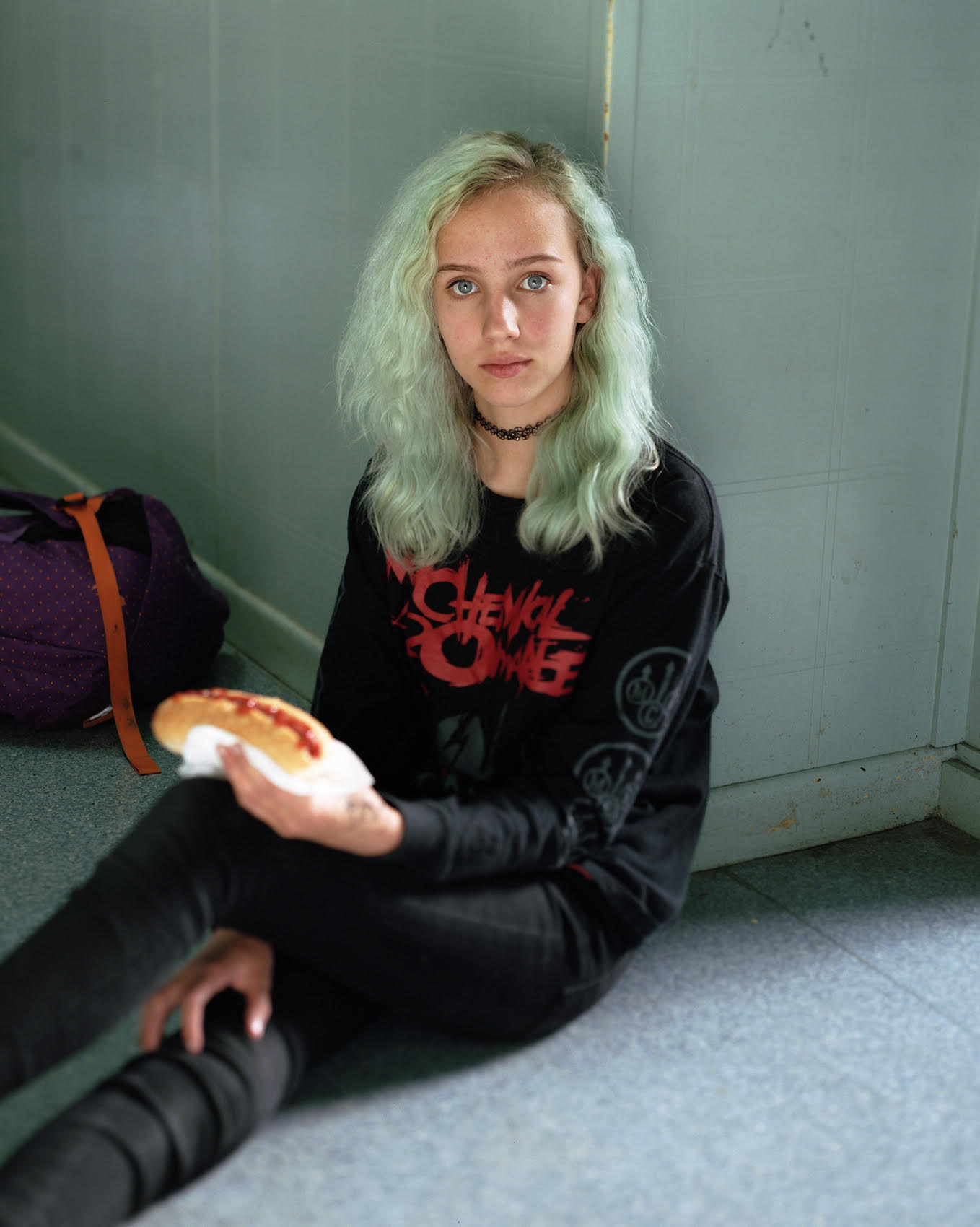
The series poses questions about coming-of-age stereotypes, is that what you set out to do?
I didn’t originally set out to make images about coming of age stereotypes but the series progressed that way. Initially I wanted to show how much the experience of being at school looks to have changed since I was a teenager. But I found early on that it wasn’t showing in the work and what I was seeing instead was the singularity of the students, so I started examining that idea.
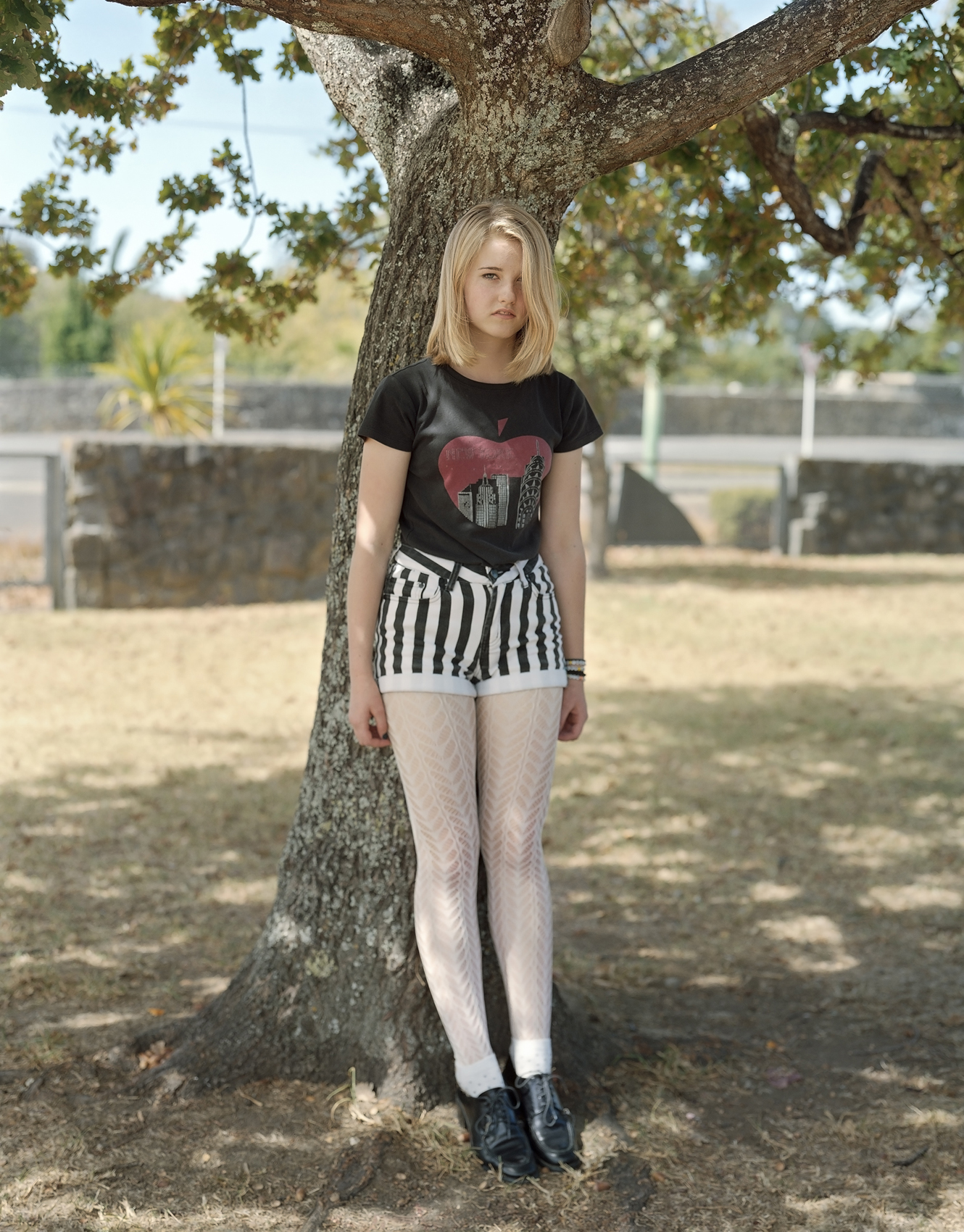
Can you tell me about the school and how you came to meet your subjects?
Western Springs College is a liberal and creatively focused school. They have a Marae, a traditional Maori meeting place, which is rare for New Zealand high schools. They also have a performing arts centre. It stands out in Auckland as the school for kids who don’t want to follow a solely academic path.
I go to the school during the lunch break and talk with students about what I’m doing and ask to make a portrait with them. I usually have to photograph them away from their friends because they distract them. I’m not sure what it is about these particular kids which stands out. Maybe there’s a certain quality about them, or there’s something about the way they’re dressed. I think there’s a universal beauty in adolescence as part of the transformative stage of life they’re in. In four years there’s only been two kids that haven’t wanted to be photographed and I’ve heard from a couple of them years later that they loved it when I asked if I could make a portrait with them.

What do you think are some of the challenges faced by young people growing up in New Zealand today?
I think a lot of young people in rural areas feel like they don’t have any prospects which has led to a lot of depression and an awfully high youth suicide rate. I think social media has created more opportunities for alienation and bullying and can pressure kids to grow up more quickly. It’s a real shame because I think taking your time being young is important, it’s maybe also because I’m nostalgic about New Zealand being an idyllic place to grow up.
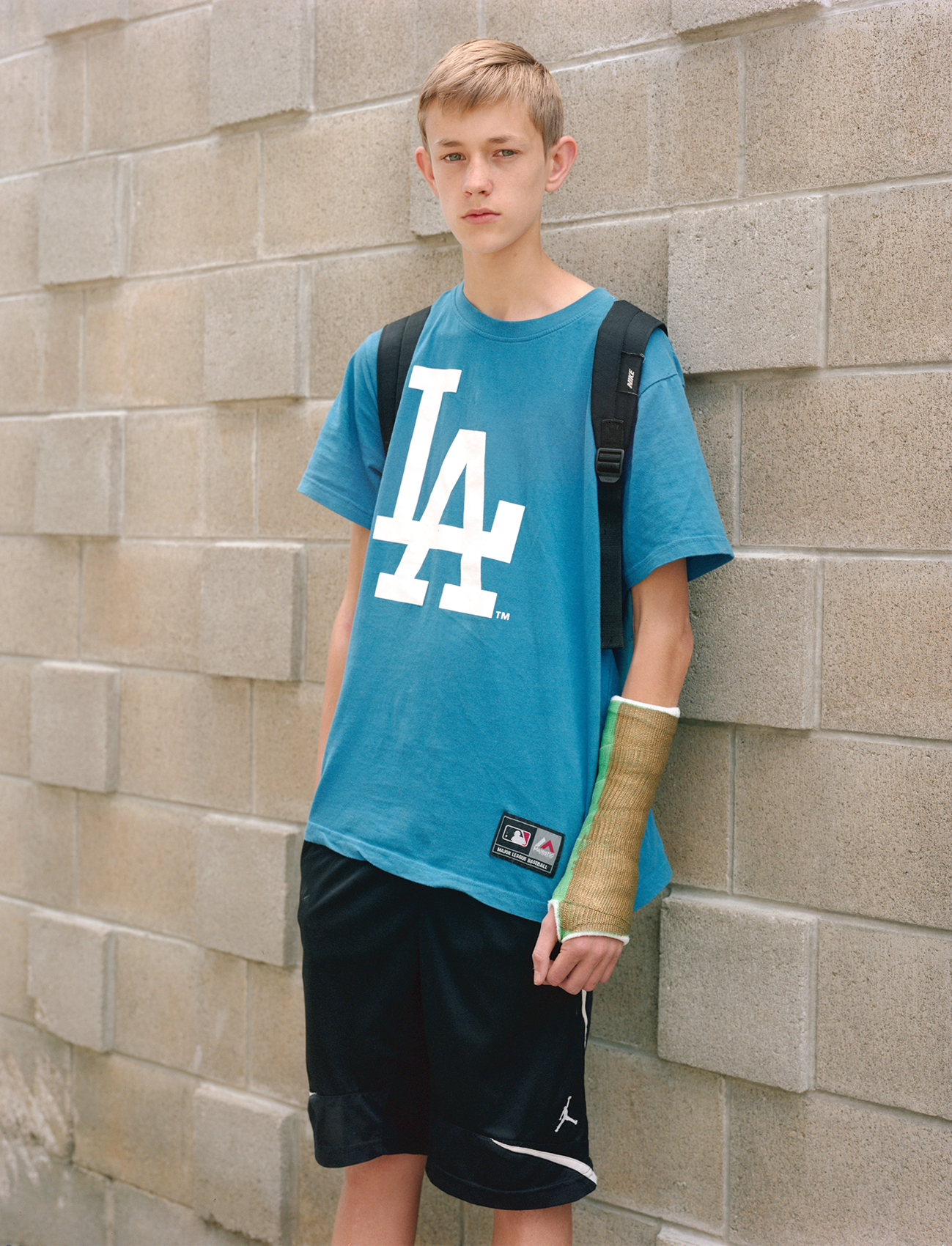
How far do you plan to take it?
I don’t see the series ending yet, I still love shooting it and this year I would like to explore other aspects of the idea of selfhood and identity. Long-term series’ need to progress, so I’ve been thinking a lot about how I can do that, and the ways that I can evolve visually. I think making a book would be a good conclusion for the work, and would also stand as a historical record of a group of young people in New Zealand at this time in history.
